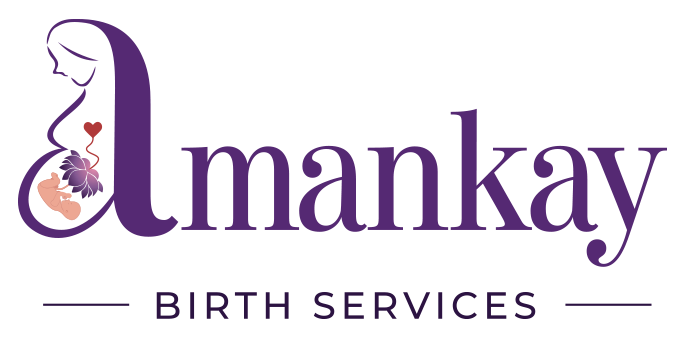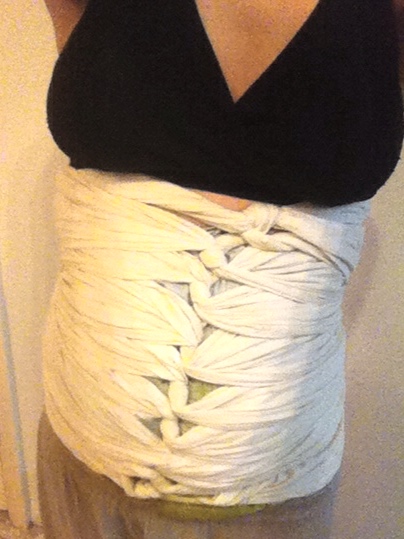POSTPARTUM BELLY BINDING
Considered to be an ancient art, is a tradition used in many cultures all over the world, alsom known as belly wrapping, has a long history around the world. Women have wrapped or bound their bellies during pregnancy and postpartum probably since the beginning of written history, and the techniques are as varied as the cultures in which they grew.
In some cultures, belly binding, or belly wrapping, is performed ritualistically or ceremonially by trained women. In others, women bind their bellies alone or with help as a matter of practicality. English-speaking mothers, cultural anthropologists, and historians have sought the names of these different styles of binding and wrapping, but often, the mothers within the cultures they are discussing do not always identify with those names. However, techniques such as “Faja” and “Bengkung” are increasingly discussed, taught, and practiced by Western mothers and birth practitioners.
is a tradition used in many cultures all over the world and is quickly becoming more popular in the US.
Binding the stomach offers support, stability and comfort to the muscles, skin and internal organs to repair and bring healing to the postpartum body. During pregnancy, the vertical abdominal muscles widen and thin to accommodate growing babies, which can result in Diastasis Recti. This is a condition where the muscles separate and may stay separate (if not properly cared for), creating back issues, hernias and bulging of the abdomen. Binding is a terrific way to heal the muscle walls back together and also support spine and posture realignment. Binding is considered very emotionally healing for postpartum mothers. Pregnancy opens and fills up the body with life and binding is considered a ceremony of “sealing” the body in which pregnancy ends and the woman now transitions into motherhood. Binding is also found to be healing after a miscarriage…
Gives support to the womb after birth
Speeds up the healing process of the uterus and provides a cleansing of blood clots
Helps to reduce common back and shoulder pain associated with nursing by improving posture
Helps to tone up your abdominal muscles and shape your hips after childbirth
Relieves muscular and tendon tension throughout the torso
Relieves water retention
Accelerates fat burning
Improves circulation
Excellent support after surgical births (wait for OB approval for binding to allow proper wound for healing)
Provides comfort for anxiety and Postpartum Depression
BELLY WRAP, 40 DAYS AFTER BIRTH

